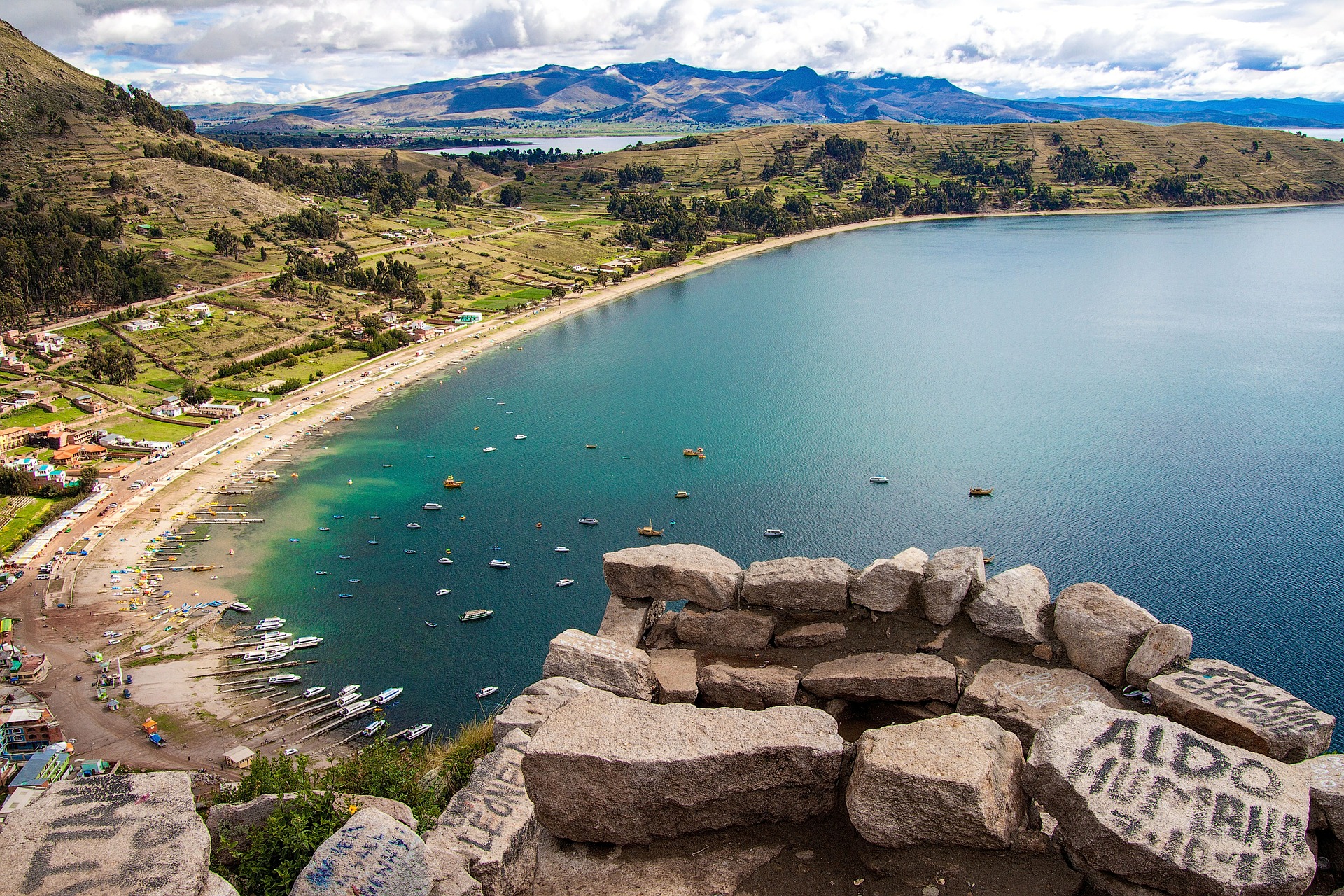
The Essential Guide to Lake Titicaca
Lake Titicaca: a beautiful and famous lake in South America, encircled by snow-dusted mountains and dotted with traditional villages. Visiting Lake Titicaca is one of South America’s great travel experiences, with the chance to glimpse indigenous cultures, learn about Inca legends, and admire stunning views. Before you book your trip, have a read of this handy guide to Lake Titicaca to learn more about this remarkable place.

What is Lake Titicaca?
Lake Titicaca is the highest navigable lake in the world, sitting at an altitude of 3,812m. It is a beautiful place steeped in legend, sacred to the Inca civilisation during their reign until the 16th century, and is just as important to the locals who live there today.
What are the legends of Lake Titicaca?
According to the Inca, Lake Titicaca was the birthplace of life itself. The myth goes that the God Viracocha rose from Titicaca and created the sun, the stars, and the very first humans. After a while, Viracocha was disenchanted by the widespread greed and pride of the people he had brought to life. He decided to send a great flood, wiping out all but three humans who are the ancestors of the whole world.
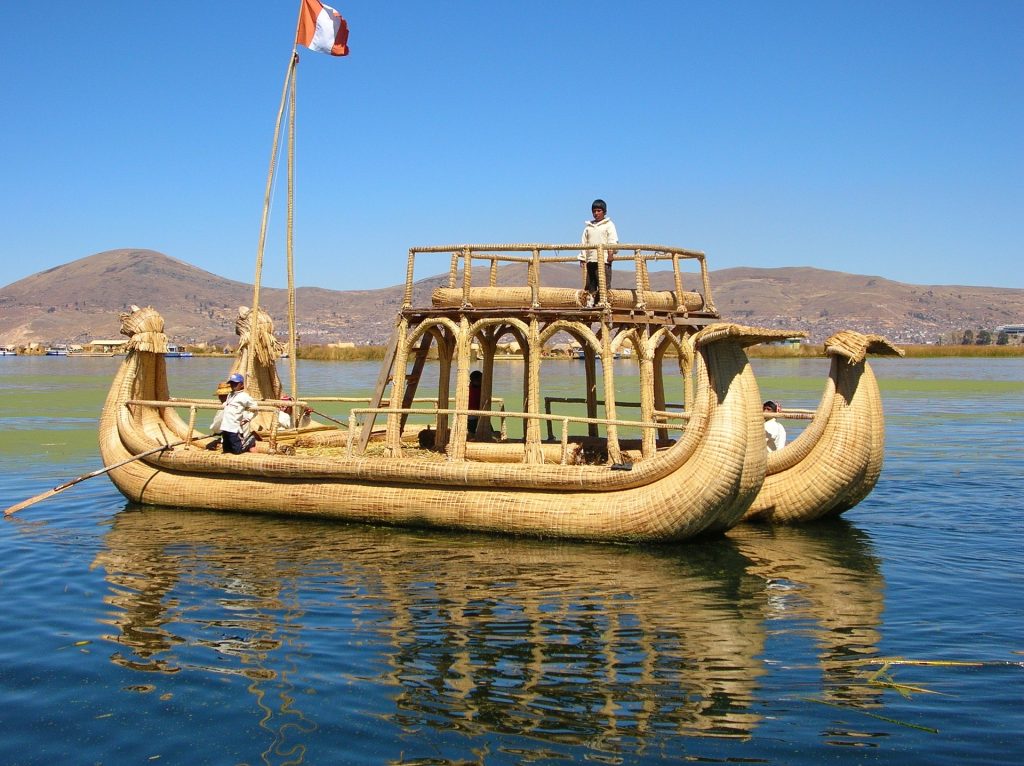
Where is Lake Titicaca?
Lake Titicaca is located in northern Bolivia and southern Peru, between the Andes mountains. It is 8,372sq km in size – so big it appears as though you are looking across a glittering sea, rather than a lake. The main towns and bases for trips to Lake Titicaca are Puno in Peru, and Copacabana in Bolivia.
How do you get to Lake Titicaca?
It’s easy to reach Lake Titicaca from La Paz in Bolivia. You can get there by bus or private transfer, which roughly takes between 3-4 hours. In Peru, you can opt for a scenic journey from Arequipa (the ‘White City’) to Puno, which takes 6 hours but incorporates stops in the Colca Canyon along the way. A bus journey from Cusco to Puno is also possible, taking 8 hours in total. If you’d prefer to fly to Puno, the nearest airport is in Juliaca, 28 miles away.
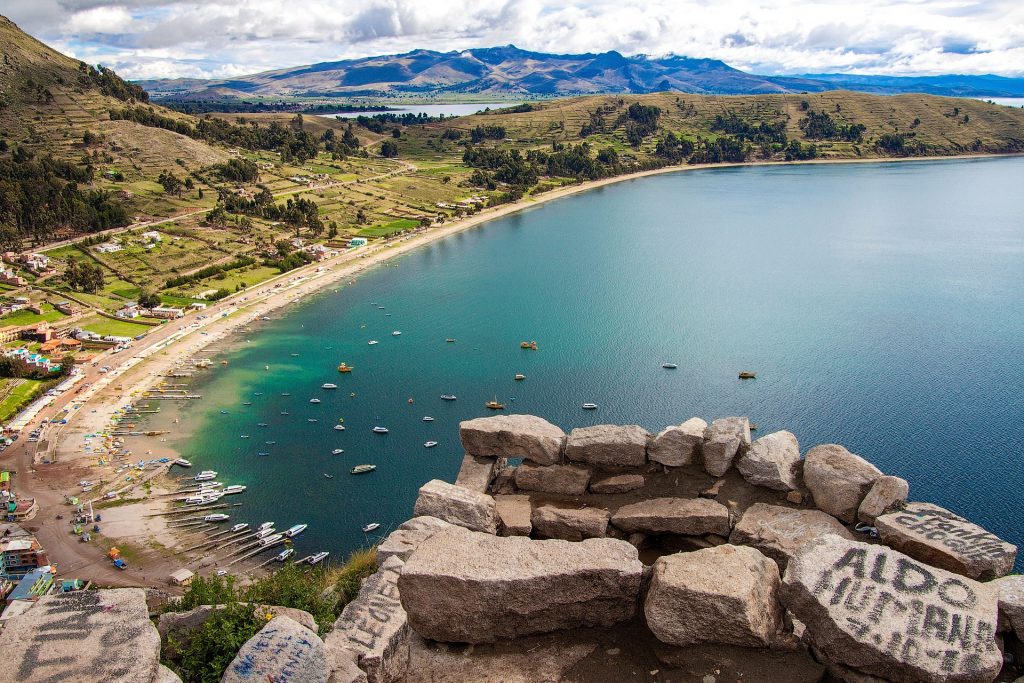
What is there to do in Lake Titicaca?
Lake Titicaca is a top highlight of South America, with 41 floating islands and plenty of cultural activities to enjoy. The best way to explore Lake Titicaca? On a boat ride!
Visit the floating islands of Uros
Most excursions will incorporate stops at the floating islands of Lake Titicaca – manmade islets built using natural totora reeds, which are still inhabited today by the Uros people. The Uros originally came here and built their islands by hand after they were forced to flee from the invading Inca. Many of them have remained here to this day.
On a day trip from Puno, you’ll be welcomed onto one of the islands by the locals and introduced to their traditions. These include weaving handicrafts from the reeds, which you an purchase as a souvenir to take home.
Discover Inca heritage at Amantani
Amantani is one of the biggest islands on Lake Titicaca and is home to the Temple of Pachamama and Pachatata – Mother Earth and Father Earth. Explore the crumbling ruins at the top of the island and learn about the locals’ traditions, from agricultural techniques to cooking.
Sun & Moon Islands
From Copacabana, on the Bolivian side of Lake Titicaca, you can embark on a boat excursion to the mythical Sun and Moon Islands. At Sun Island discover the fascinating Pilkocaina temple, the charming village of Yumani with its agricultural terraces, and the Fountain of Eternal Youth, where you can drink the sacred waters before descending the famous staircase of the Inca. Afterwards, your boat tour continues to Moon Island, where arresting lake views and the Temple of the Virgins of the Sun await.
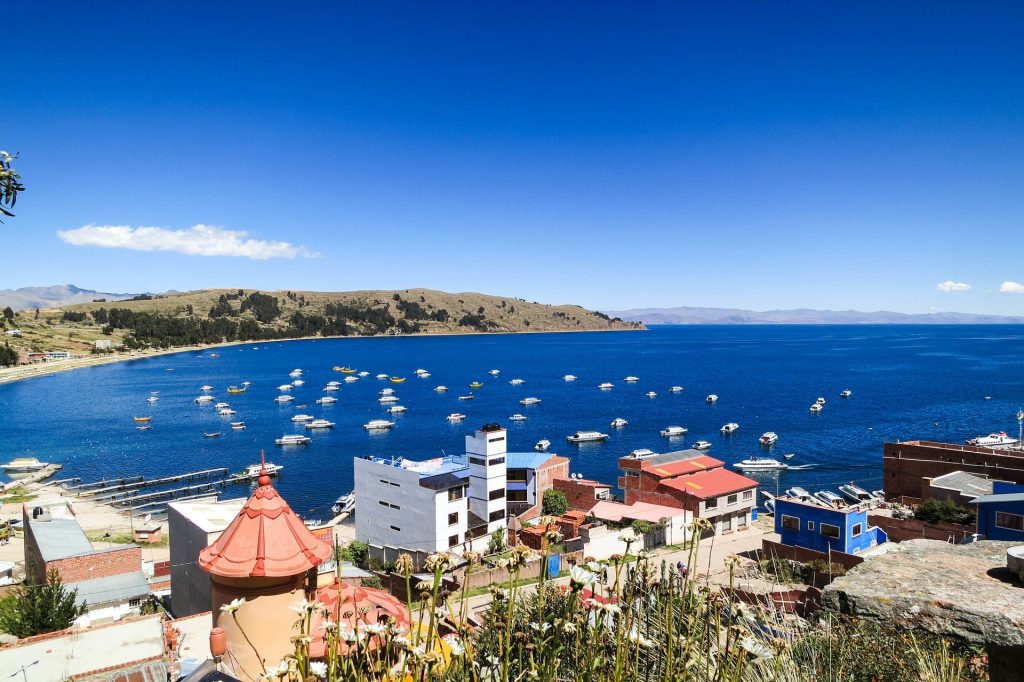
Copacabana
Copacabana is the main base for the Bolivian side of Lake Titicaca, and is well worth spending a few hours in. While here, visit the Virgin of Copacabana Basilica and stroll through the local village with its delightful handicraft markets. We also recommend hiking to El Calvario Hill for exceptional views of Lake Titicaca and the town below.
Sillustani
If you’re on the Peruvian side of the lake, be sure to explore Sillustani – an ancient burial ground made up of huge white towers (“chullpas”) which are up to 10m in height. This pre-Inca site was built by the Colla people, who laid their people to rest here. While there are other burial grounds, none are quite as impressive as Sillustani, with its circular arrangement of chullpas.
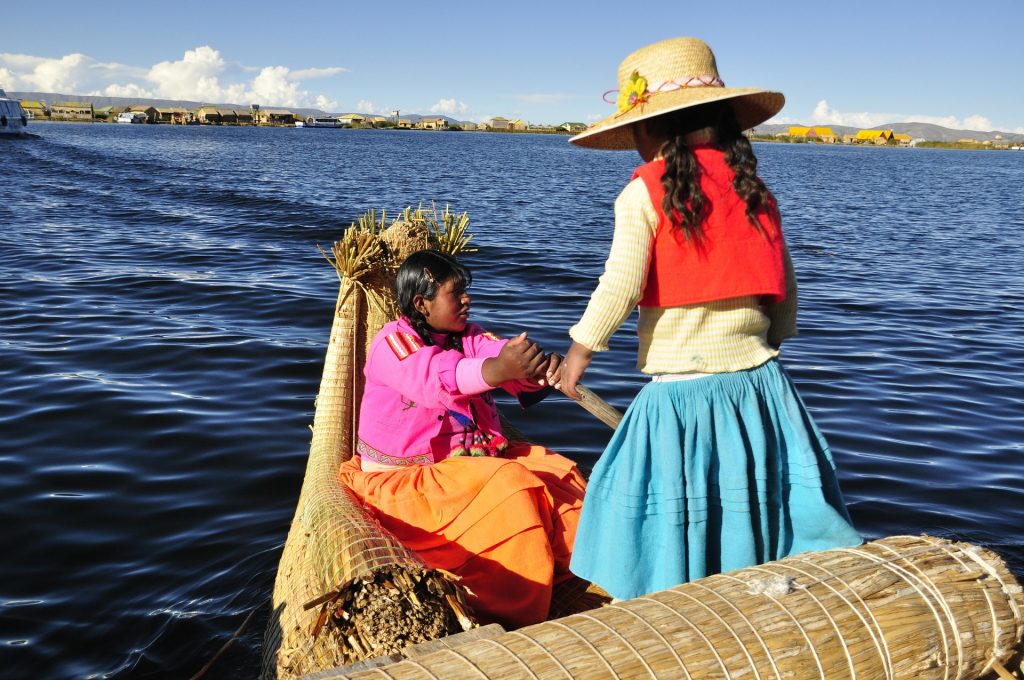
Best places to stay in Lake Titicaca
When it comes to Lake Titicaca hotels, it’s easiest to stay in either Puno (on the Peruvian side) or Copacabana (on the Bolivian side). When you are building your trip to Peru or Bolivia, you can add in the hotel that suits you best. We highly recommend:
Puno
- Casa Andina Private Collection
- Titilaka Lodge
- Sonesta Posada del Inca
Copacabana
- Hotel Rosario del Lago Titicaca
- La Estancia Ecolodge
- Inca Utama Hotel
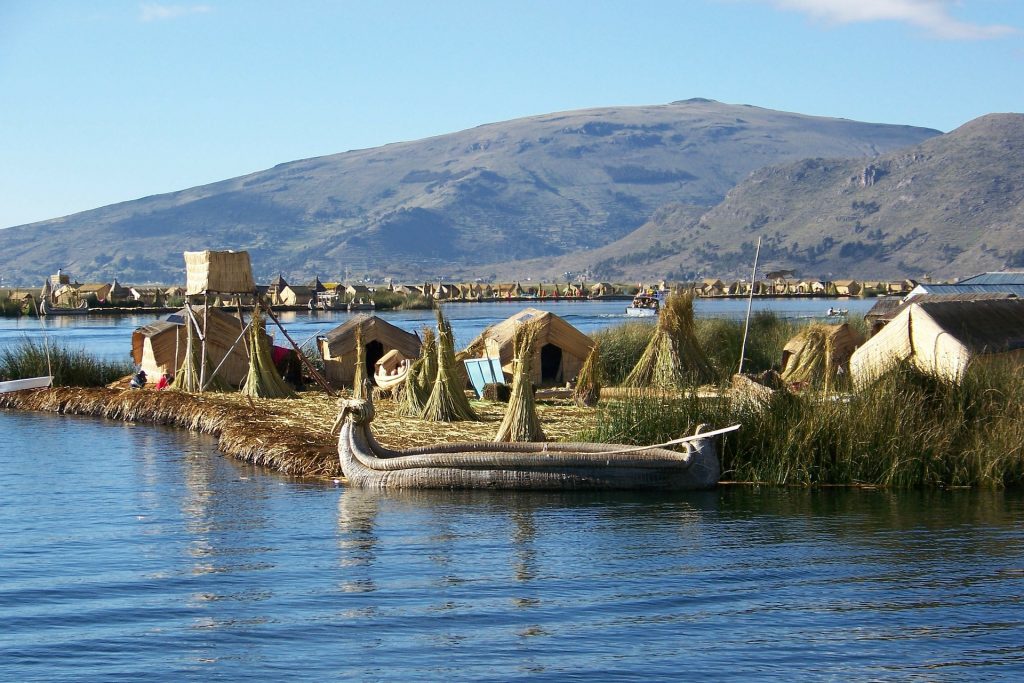
Ready to explore Lake Titicaca? Browse our Peru and Bolivia tours to start building your trip. Handpick the hotels and activities you want, adjust the durations depending on how long you want to stay in each place, and have fun in the process! Surtrek is always at hand to help out. Call us on 1 866 978 7398 (Canada and USA) or 080 8189 0438 (UK) to talk to an expert, and Discover Your South America with Surtrek!

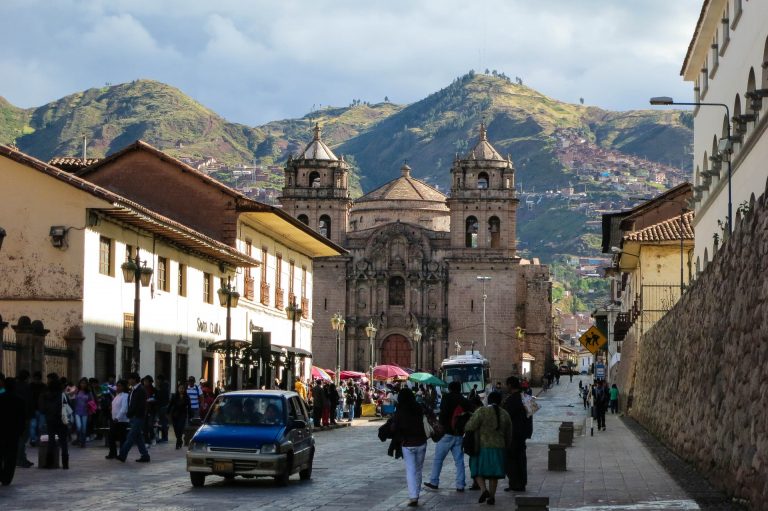


Leave a Comment
You must be logged in to post a comment.